ConservES
ConservES - Living-lab approach to floral enrichment as a tool to conserve biodiversity and maximising ecosystem services in European agricultural landscapes

Sarah Redlich
Funder: BioDivERSA/Bundesministerium für Bildung und Forschung
Start time: 01/03/2023
End time: 28/02/2026
Introduction:
Modern agriculture in Europe is the driving force behind the simplification of ecological networks and the loss of biodiversity in agricultural landscapes. ConservES aims to maintain biodiversity in intensive agro-ecosystems through flora enrichment (combined flower strips and hedgerows) and to promote associated ecosystem services, i.e. natural processes such as pest and weed control or pollination. For this purpose, ConservES uses Europe-wide climate and landscape gradients to gain better insights into potential interactions with the environment. Floral enrichment is planned and implemented using an innovative living lab approach, a cooperation with stakeholders from the academic, business, public, and civil society sectors. This promotes regional, effective and long-term solutions for the conservation of biodiversity and provided ecosystem services in agroecosystems. Within the project, the university of Würzburg is investigating the impact on biodiversity in German agricultural landscapes and the influence on production-relevant ecosystem services.
Would you like to know more about the project or be involved in the Living Lab? Then get in touch:
Dr. Sarah Redlich (Projektleitung)
Tel: 0931/31-82129
Dr. Ute Fricke (Projektmitarbeiterin)
Tel: 0931/31-88120
E-Mail: conserves@uni-wuerzburg.de
Social media: ConservES project: Beiträge | LinkedIn
Partner des Netzwerkes mit:forschen
ConservES living lab
Experiences with flower strips and initial results
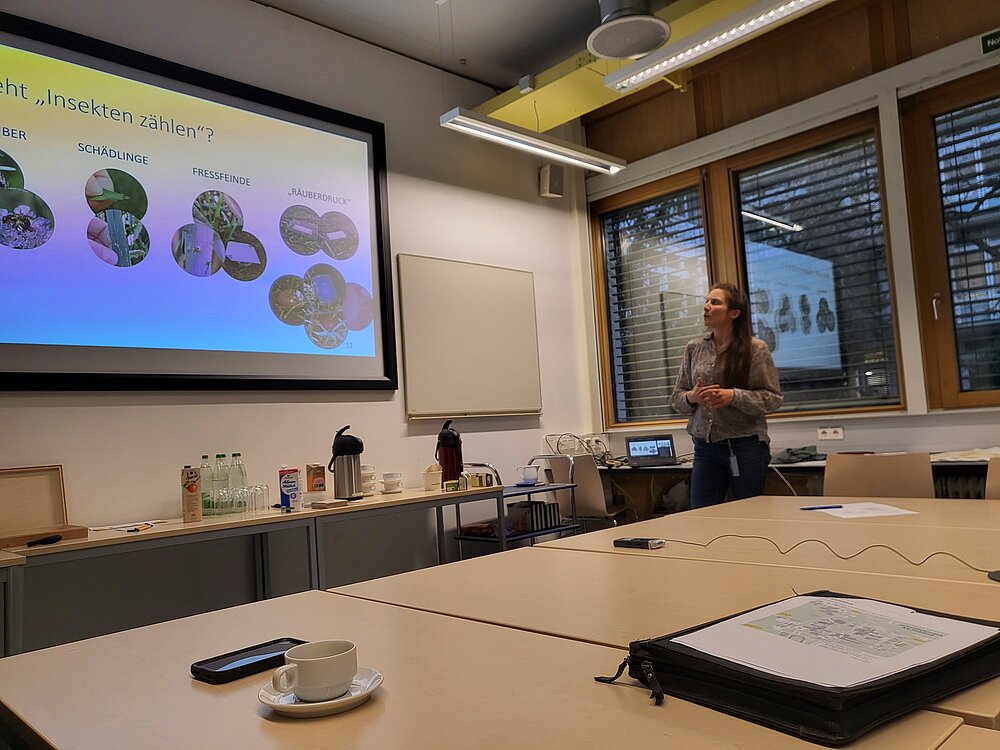
In 2024, cereal fields and adjacent field edge vegetation – hedges, field margins and combination of these with flower strips – were intensively studied for their impact on biodiversity and natural pest control. The participating farmers and researchers from Lower Franconia recently met at the University of Würzburg to share their experiences and first results.
Read the full report on the DLG Website here

BioBlitz
Register now: BIOBLITZ 2025!
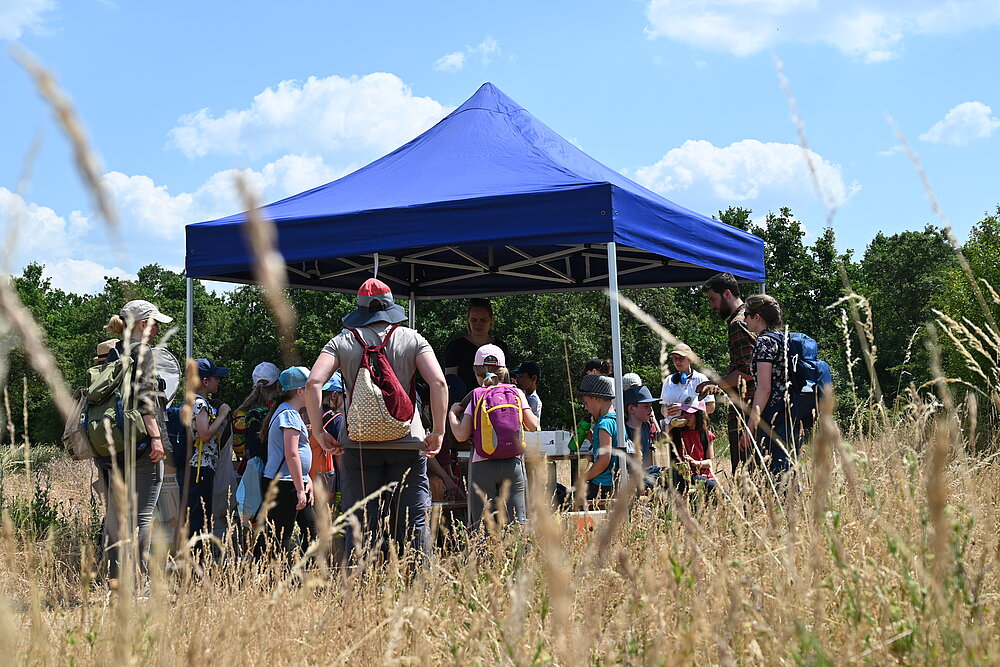
We will be hosting the second BioBlitz in Würzburg on 9 and 10 May 2025. A BioBlitz is a day of biodivsersity assessment, on which interested lay people and experts aim to find and identify as many plant and animal species as possible. This BioBlitz is special, because it takes place in an agricultural system.
Find more information about the event further below.
Registration for the event and guided activities is now open.
This year, we are especially inviting schools to participate. On Friday 9 May, a special time slot in the morning is reserved for little explorers who want to learn more about all the colourful and diverse little creatures found in their backyard.
If you are interested in taking part as a school class, please contact us here for better planning: conserves@uni-wuerzburg.de
Field research
Meet the German team
As part of the ConservES project, the agroecology working group at the University of Würzburg is investigating how climate, land use and agri-environmental measures affect insect biodiversity and important ecosystem services such as pollination and pest control.
Our aim is to find sustainable farming practices that conserve insect biodiversity, improve ecosystem services and reduce the need for external inputs while maintaining yields. The research aims to create win-win situations for both species conservation and food production in agricultural landscapes.
Join us in supporting sustainable agriculture and the conservation of biodiversity! Find out more about our project partners and our research:
What is a BioBlitz?
It is an (area-wide) inventory of biological diversity within a short period of time (here 24 hours). Interested citizens and researchers participate in sampling, sorting and recording the data. The BioBlitz offers the possibility of a broad exchange between all participants, promotes the formation of opinions and gives impulses for the implementation of new practices.
How does the BioBlitz work?
A farmer invites interested citizens to join scientists in exploring and measuring biodiversity in his or her fields, field margins and adjacent habitat.
In June 2023, interested citizens had the opportunity to be researchers themselves for a day and discover the diversity of the animal and plant world at the BioBlitz as part of the ConservES project in Würzburg. At four different stations, participants were able to become active in the field themselves and work with experts to find and identify animals and plants in and around agricultural fields.
Invitation to the Bioblitz 2025
When? 09 May 2025, 12 am to 10 May 2025, 12 am (24 h)
Where? Fields, meadows, orchards and hedgerows behind the Biozentrum of the University of Würzburg
Who can participate? Farmers, citizens or naturalists of all ages
No knowledge of species or previous experience is required. The interest and desire to learn more about nature on your doorstep are sufficient!
Programme (link)
- Flexible, self-guided exploration tour through the agricultural habitats (only partly suitable for wheelchairs/pushchairs): Discover alone, with (grand)children or friends the habitats field, orchard, flower strip and hedge, equipped with an explorer's kit, which you will receive at registration. At various stations along the way, you can learn more about the animal and plant world, look over the shoulders of experts at work and try out various scientific methods for yourself.
For children we offer activities for which stamps can be collected and a small surprise picked up at the end of the day at the base camp. - Flexible, self-guided tour of the campus (suitable for wheelchairs/pushchairs): follow the biodiversity trail of the Living Campus Initiative and learn about different habitats on campus: orchard, hedge, pond and flowering meadow. Along the way you will see various small biotopes, which can also provide a habitat for animals in your garden (dead wood, rock piles, flowering areas, etc).
For each habitat there are information signs and activity boards for children that invite you to discover the different habitats. - Guided activities by experts: experts for various animal and plant groups invite you to learn more about scientific methods used for recording organisms, their diversity and their role in nature. Activities take place at any time of the day or night. Registration required (limited number of participants!) Link to registration
- Visit the interactive exhibition "Biodiversity in Agricultural Landscapes" in the Biozentrum Foyer: learn more about biodiversity in agricultural landscapes, our "special species" (Montagu's Harrier, Field Hamster) and how to protect them. The perfect conclusion after a day full of discoveries!
- Lecture series "Biodiversity in agriculture and settlements" (in German!): Four experts in the area of agriculture, science and nature protection share their experiences and invite you to join the discussion:
| Speaker | Affiliation | Title |
|---|---|---|
| Werner Kuhn | Farmer | Biodiversity in agriculture - a practitioner's perspective |
| Timon Könen | Office for Food, Agriculture and Forestry Kitzingen-Würzburg, Wildlife Habitat Advisory Service | Agrinvironmental measures for more biodiversity in agriculture |
| Sarah Redlich | University of Würzburg, Department of Animal Ecology and Tropical Biology | The European research project ConservES |
| Nadja Simons | University of Würzburg, Junior Professorship for Applied Biodiversity Research | Biodiversity in urban areas |
Registration: Registration is not required for regular participation in the BioBlitz (self-guided discovery tours, exhibition, lecture series), but is helpful for planning purposes. Please register for guided activities (limited number of participants), if there are free places, registration on site is also possible. Link to registration
Meeting point:
Start of your exploration and meeting point for guided activities is the base camp in the Biozentrum Foyer (basement).
Lageplan BioBlitz (49.780607032343816, 9.971147227006448)
How to get there:
The Biozentrum can be easily reached by bus (e.g. line 10), bicycle or on foot (e.g. from the districts Gerbrunn, Frauenland, Am Hubland). Parking is available in front of the Biozentrum and along the Theodor Boveri Weg.
Link to the interactive Google Earth map of the Bioblitz and all activities (PC: Uber Browser, Smartphone: with Google Earth App)
A sneak peek at the world's first "BioBlitz" in agricultural landscapes: Discovering biodiversity in the field!




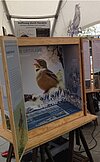
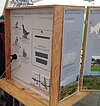



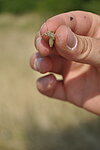
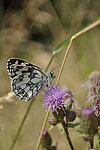
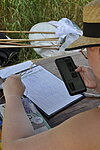


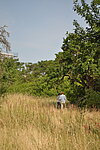



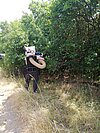




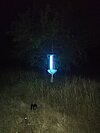
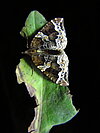
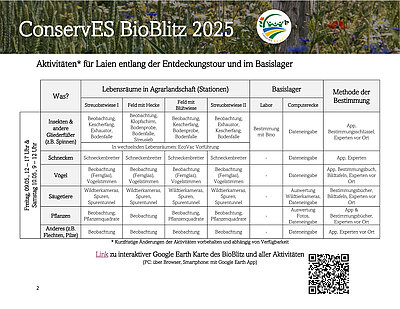
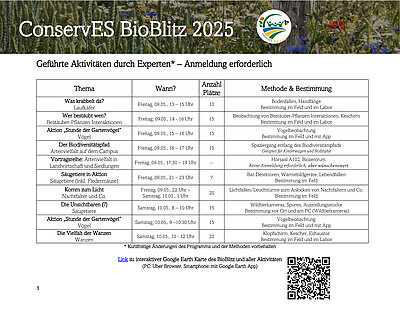
![Flower strips are the focus of a Europe-wide research project involving scientists from the University of Würzburg. (Image: Didgeman / Pixabay) [Translate to Englisch:] pixabay](/fileadmin/_processed_/5/d/csm_Pixaby_Thomas_d49af095aa.jpg)





